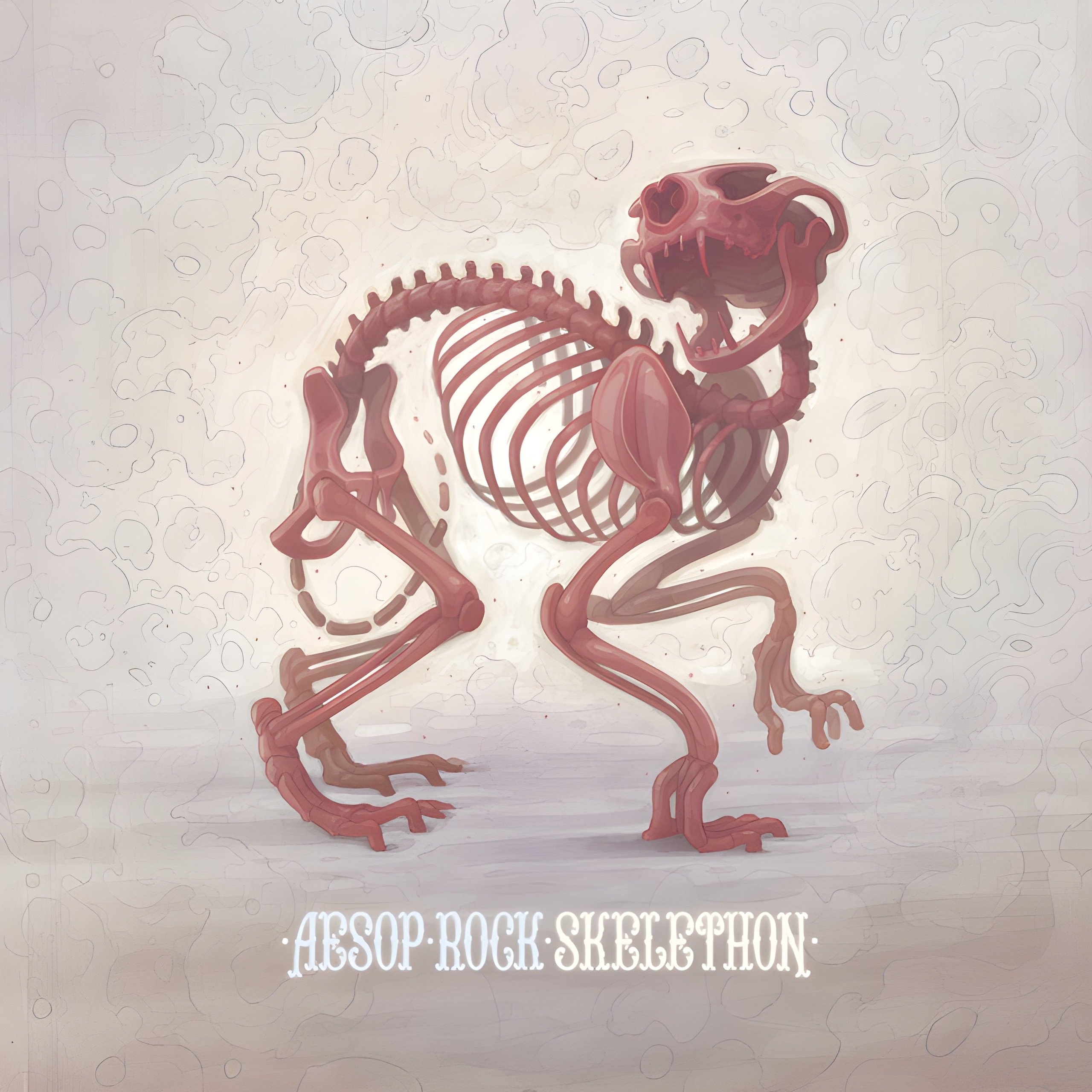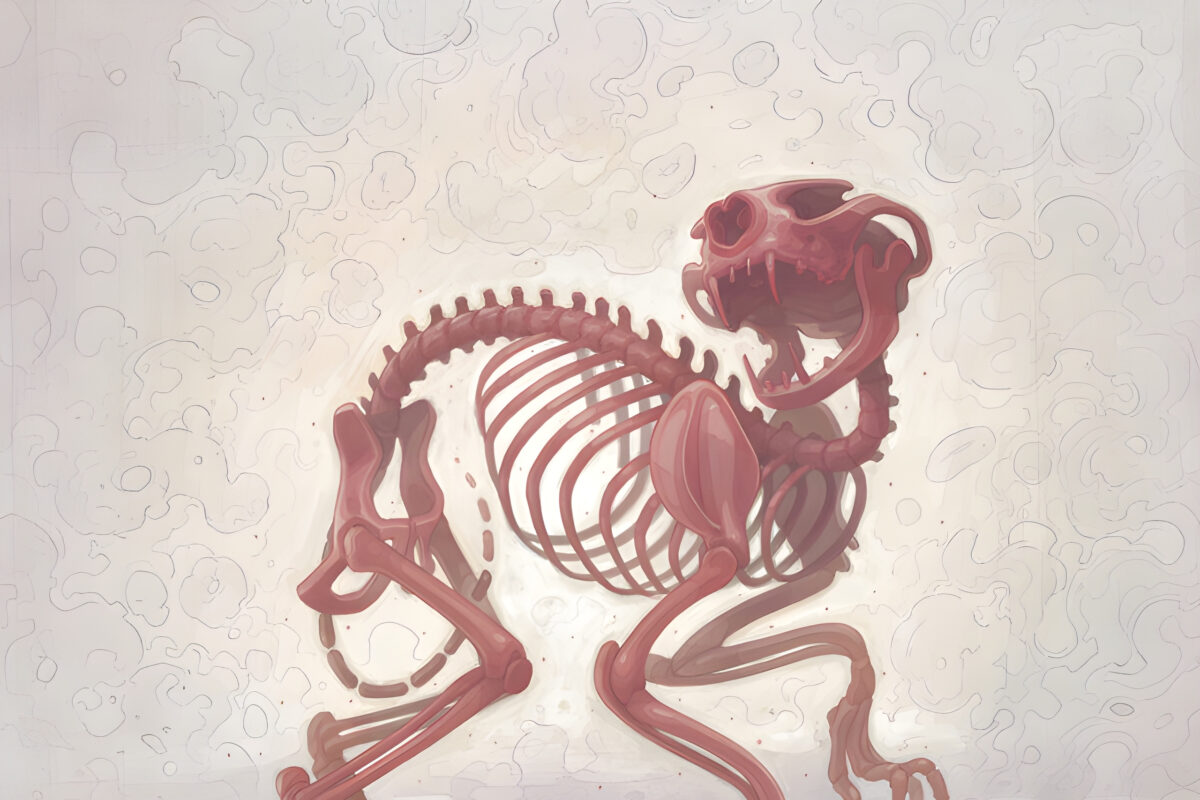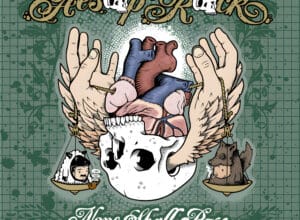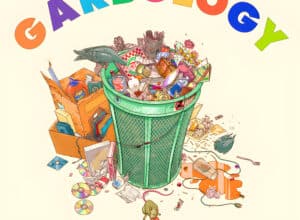Released: 2012
Aesop Rock’s “Zero Dark Thirty” is a whirlwind of abstract and intricate lyricism, diving into themes of identity, struggle, and the artistic hustle in the world of hip-hop. It’s a track that seems to explore the feelings of isolation and determination within a metaphorical maze, laced with commentary on modern society and the challenges faced by individuals navigating it. The song’s non-linear, almost cryptic narrative challenges listeners to decipher its dense lyrical content.
The song begins with the repetition of “They did not know how long they had been there,” suggesting a sense of timelessness and disorientation. It evokes the feeling of being stuck or trapped in a perpetual state of waiting or confusion, setting a somewhat surreal stage for the rest of the track. This hook acts as an introduction to the main character’s psychological landscape, filled with uncertainty and introspection.
Moving into the first verse, Aesop Rock introduces the “unsigned hype” and “front line aeronauts flurry,” imagery-rich lines hinting at those in the music industry striving for recognition and survival against a turbulent backdrop. The mention of “Zero Dark Thirty” – a reference to the early hours before dawn – metaphorically places the protagonist in a liminal space between night and day, symbolizing uncertainty and potential.

“Zero friends minotaur-fugly stepchild” creates a vivid, albeit enigmatic, picture. Here, the ‘minotaur’ could be a nod to feeling like an outcast, caught in a labyrinth of emotions and societal expectations. This ties in with themes of alienation, where the character wrestles with self-identity and public perception.
Further down, the imagery of “mothmen munching textiles” and “back 10 fried worms chubbier” brings to life a surreal scene, packed with metaphorical language that captures the decay of consumer culture and perhaps the slow corrosion of individuality in a commodified world. Aesop Rock’s style thrives on such cryptic visuals, engaging listeners in active interpretation.
Lines like “Smoke out moles like a force of nature” and “Pray fortune return to his favor” portray a quest for justice or recognition, fighting against hidden enemies or unseen obstacles. It reflects the tension between external struggles and inner desires for success or fairness, presenting a universal theme of perseverance.
In one of the track’s standout moments, Aesop reflects on “M-m-moral compass all batshit,” where the disorienting spin of morals in the shadows of corrupt influences comes into focus. This echoes real-world dilemmas where one questions their role in societal cycles – supporting genuine art versus inadvertently feeding harmful systems. This kind of self-reflection marks a pivotal point in understanding Aesop’s critique of his surroundings.
The recurring motif of “Roving packs of elusive young become / Choke-lore writers over boosted drums” serves as a metaphor for new generations taking on creative pursuits. It paints them as predators and prey in a volatile ecosystem, navigating a future laden with the same recycled struggles and dreams, descending “from a huntable surplus to one.” This reflects an existential dilemma facing upcoming artists.
Towards the latter half, references like “Check his own Breakneck pulse” juxtapose life’s fast-paced nature against vibrant, fleeting moments, with the protagonist trying to stay alive and authentic amidst the chaos. It showcases a snapshot of relentless self-examination and attempts at maintaining genuine expression in a world often devoid of substance.
Concluding with the final lines, Aesop Rock delivers a powerful imagery-laden punch with “Silhouette the god’s last cigarette,” portraying an end-of-times moment, charged with an urgency that encapsulates the broader anxieties about existence, creativity, and survival. By wrapping the song with an enigmatic reflection on mortality and legacy, it reinforces the song’s overarching theme of confronting one’s inner and outer worlds.








